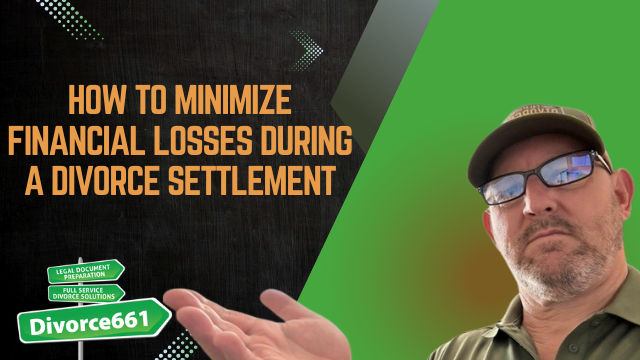How to Handle a Divorce When You Own a Family Business in California
Divorce and a family business can feel like a high-stakes puzzle. In California, where community property rules apply, a business that was started or grew during the marriage is often treated as marital property. That does not automatically mean it must be sold. With careful planning, the business can be preserved while the marital estate is divided fairly and the divorce remains as amicable as possible.
Why a family business complicates divorce in California
California is a community property state. That means assets and earnings acquired during the marriage are generally considered community property and are subject to equal division. For a family business this raises several questions:
- Was the business started before or during the marriage?
- Did the business grow because of contributions made during the marriage?
- Is the business essential to family income or the livelihood of one spouse?
These questions drive whether a business is treated as mostly community property, mostly separate property, or some combination. Regardless of the label, the value of the business must be accounted for and resolved in the settlement or trial.
Common options for handling the business
There are three primary routes to resolving business ownership in a divorce:
- Sell the business. Proceeds are divided between the spouses. This can be clean but may not be practical if the business provides ongoing income or the owners want to keep it operating.
- Buyout. One spouse keeps the business and buys out the other spouse’s share. The buyout can be paid using other marital assets, structured payments, or a combination of both.
- Co-ownership. The spouses continue to co-own the business after the divorce. This can work for some couples but often creates friction and logistical complications long term.
Which option is right?
There is no one-size-fits-all answer. The right choice depends on the type of business, the spouses roles in the company, liquidity of marital assets, and long-term goals. We aim to preserve operations where possible while protecting the financial interests of both parties and presenting court-ready agreements.
Valuation and buyouts: what you need to know
Valuing a business is a critical step. A full forensic valuation is sometimes necessary, but not always. When both sides agree on a fair approach, you can often avoid lengthy and expensive valuations by using other marital assets to equalize value.
Key points about valuation and buyouts:
- Weigh tangible assets, cash flow, goodwill, and owner compensation when valuing a business.
- Buyouts can be funded with other marital assets such as real estate, investments, retirement accounts, or structured payments.
- Court approval is required for settlement agreements. Properly drafted buyout and division documents help avoid delays and objections.
“If the business was started or grew during the marriage, it’s likely considered community property, meaning it may need to be divided equally.”
Protecting business operations during the divorce
Keeping the business running smoothly is often a top priority. Steps to protect operations include:
- Maintain regular bookkeeping and payroll to show consistent operations.
- Limit business decisions to normal course of business or obtain temporary agreements about decision-making during the divorce.
- Use confidentiality agreements where appropriate to prevent sensitive information from being used as leverage.
- Consider temporary court orders only when necessary to preserve assets or operations.
A real example: a Los Angeles retail business
We recently worked with a Los Angeles couple who co-owned a small retail business. Instead of selling the company, the spouses agreed the wife would keep the business. Rather than conducting a full valuation, we arranged a fair buyout using other marital assets. This approach kept the transition smooth, avoided a sale, and saved time and cost for both sides. It also produced a settlement the court approved.
How to structure agreements the court will approve
Courts look for clarity and fairness. A court-ready agreement should:
- Identify each asset and how it will be divided.
- Spell out the valuation method used or how buyout amounts were calculated.
- Detail payment terms, security for payments, and remedies for default.
- Address ongoing management if co-ownership continues, including dispute resolution mechanisms.
Practical next steps if you own a business and are divorcing in California
If you own a business and are facing divorce, start with these steps:
- Gather key documents: financial statements, tax returns, business agreements, payroll records, and bank statements.
- Assess whether the business was started or grew during the marriage.
- Discuss priorities: who needs the business to maintain income, who is willing to be bought out, and what liquidity exists in the marital estate.
- Consider professional valuation only when necessary. Explore using other assets for a buyout as a cost-effective alternative.
- Get settlement documents drafted so the agreement is clear and likely to pass court review.
How we help
Our approach focuses on protecting the company, valuing the business fairly, and structuring buyouts or division plans that the court will approve. We provide:
- Guidance on valuation, buyouts, and protecting operations
- Flat-fee divorce services with business division expertise
- Remote support across California
- Drafting of court-ready agreements that avoid delays
If you own a business and are divorcing in California, visit divorce661.com and schedule your free consultation. We will help you protect your company, divide things fairly, and move forward with a plan that works.









